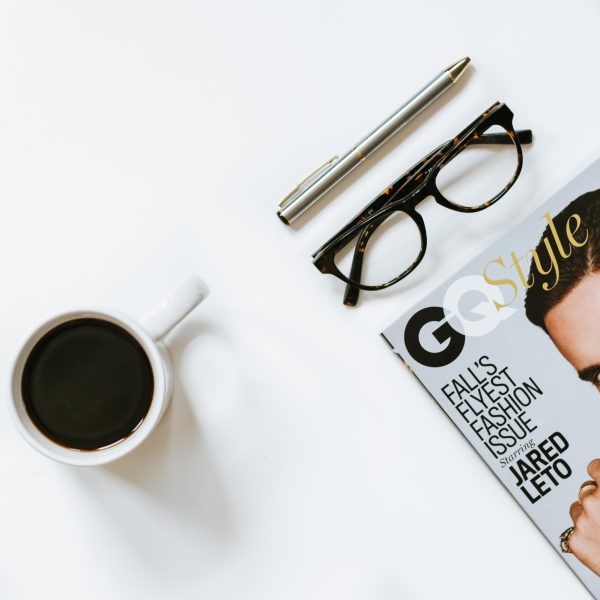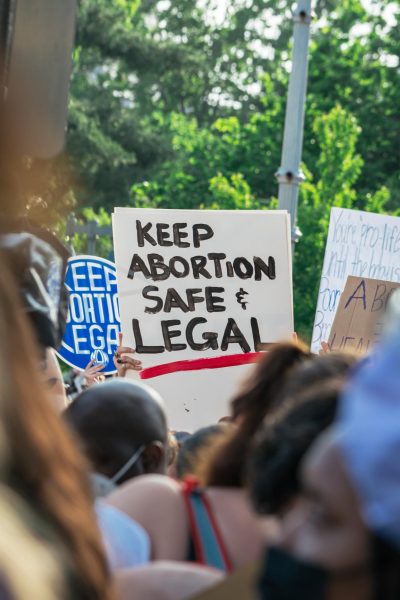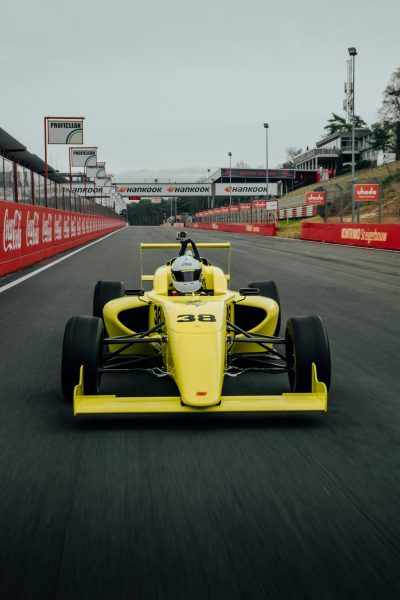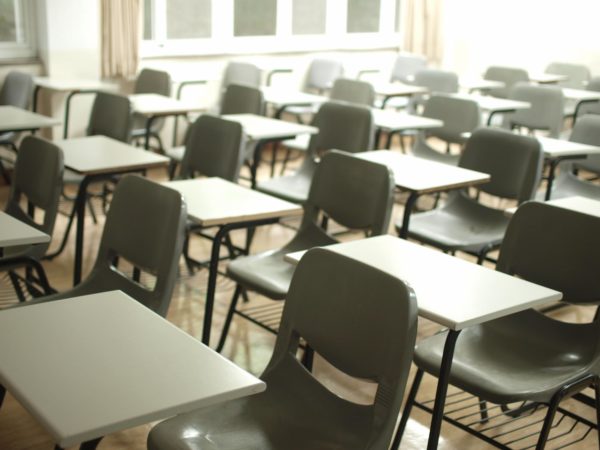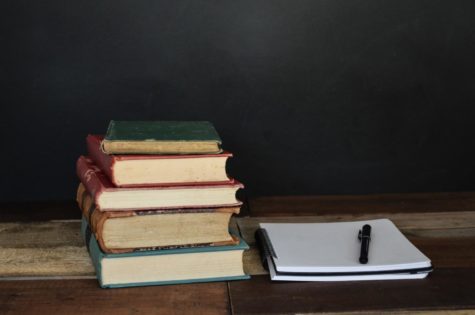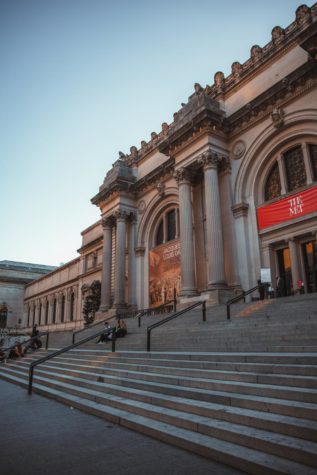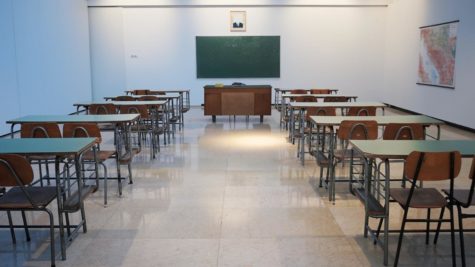Between the World and Me: A Letter from Father to Son
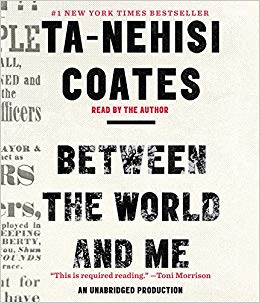
The book cover of Between the World and Me
October 12, 2018
As much as we may wish to forget it, we indulge ourselves in a sense of racial ‘blindness’ and proclaim the unity and opportunity of our country, forgetting that America is divided and unlevel. It is built in favor of white people: light-skinned, European descendants who have lived and thrived in a society that makes it easy for a majority of them to grow up in relative peace and pursue their passions. They can build their life with a minimal fear of unfounded violence, can be appreciated for their hard work and talents at their face-value, and can maneuver in a society that doesn’t seek to chain them, harm them, or degrade them.
As a white person, this is the life I have known. especially as a member of the Three Village community. It is a life filled with opportunity, support, and possibility. Consequently, I can so easily be blind to the ways in which great populations of our country are denied this luxury. I have lived with a white identity that has afforded me this as if it was a natural-born right.
Writer, journalist, and father Ta-Nehisi Coates calls this life “the Dream”, which is often held out of reach to people of color in America because it was built on their toil and subordination. In his book Between the World and Me, Coates, who is an accomplished and esteemed national correspondent for The Atlantic magazine, strips back the face of the Dream to expose the groundwork of America and how its reliance on the destruction of black lives is built into our system, and ravages black lives today.
But his book does not simply hurl statistics or wield the facts of systematic racism. It is written as a letter to his adolescent son, illustrating his own life as he becomes conscious of the demanding systems acting upon it. Coates brings difficult questions to the table: What is it like to live in a black body – bodies historically exploited, enslaved, raped, and instilled with fear, bodies that still today battle against that fear of threat, incarceration, and murder? How does a black person move beyond basic survival in a country that puts so many obstacles in his way? How does he learn to live?
With intimate and sincere narrative, Coates explains his own journey, beginning with his childhood in Baltimore as he lives in fear and senses a deep disconnect from the white kids in his community and on TV. He takes us through his struggle to grapple with the streets and the schools there. All that changes when he enters Howard College, dubbed “The Mecca”, where he discovers the kaleidoscopic diversity that is the black community. Students hail from the Caribbean, Nigeria, or European shores. There are Christians and Muslims, poets, mathematicians, and jazz musicians. Here, Coates’ world opens up. It is the first place he truly feels seen, comfortable, able to be bold. For Coates, it’s the first glimpse of life beyond the fear and restrictions he’d always known growing up.
Coates thrusts us into the frigid waters of injustice when his innocent classmate Prince is shot and killed by a police officer. This event rattles Coates, and he reminds us that no matter how much black people police themselves, behave, and struggle from the ground up to the mountaintops, the burden of blackness in America will always follow. But it is this same struggle, he tells us, that rumbles the earth with its resilience. “They made us into a race,” he says. “We made ourselves into a people.”
With deep flowing prose and eloquence, Coates tells us of the people he’s loved and his journey of self-discovery. Coates offers a new lens to confront America’s past and present, so we can work to build a more just future.



